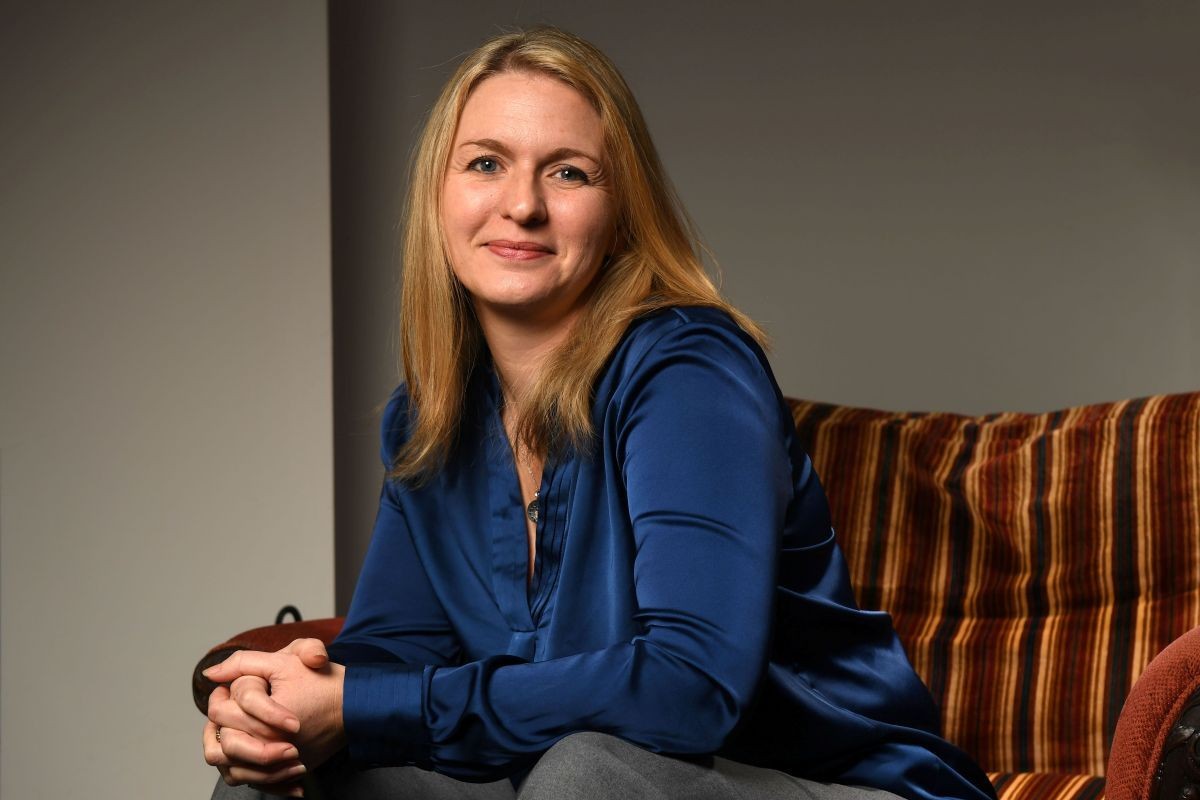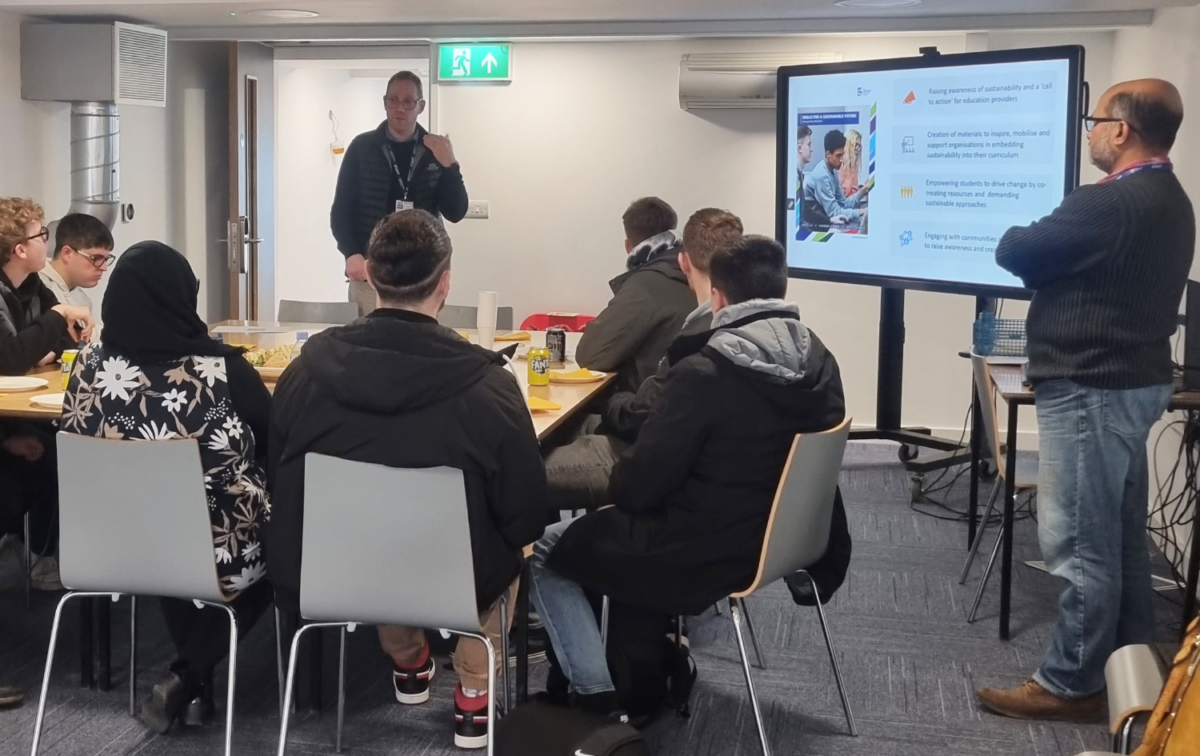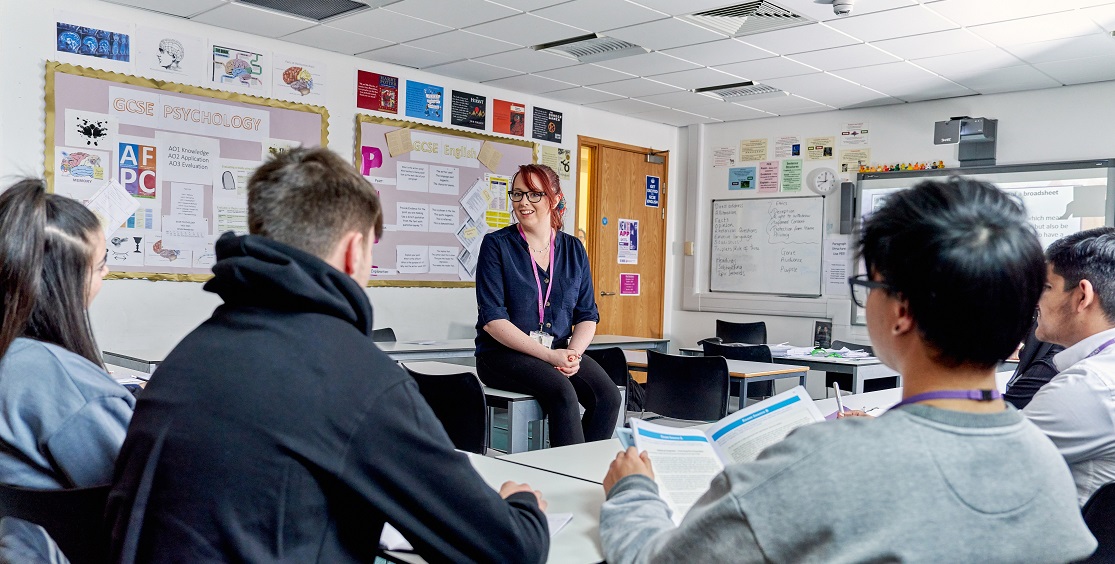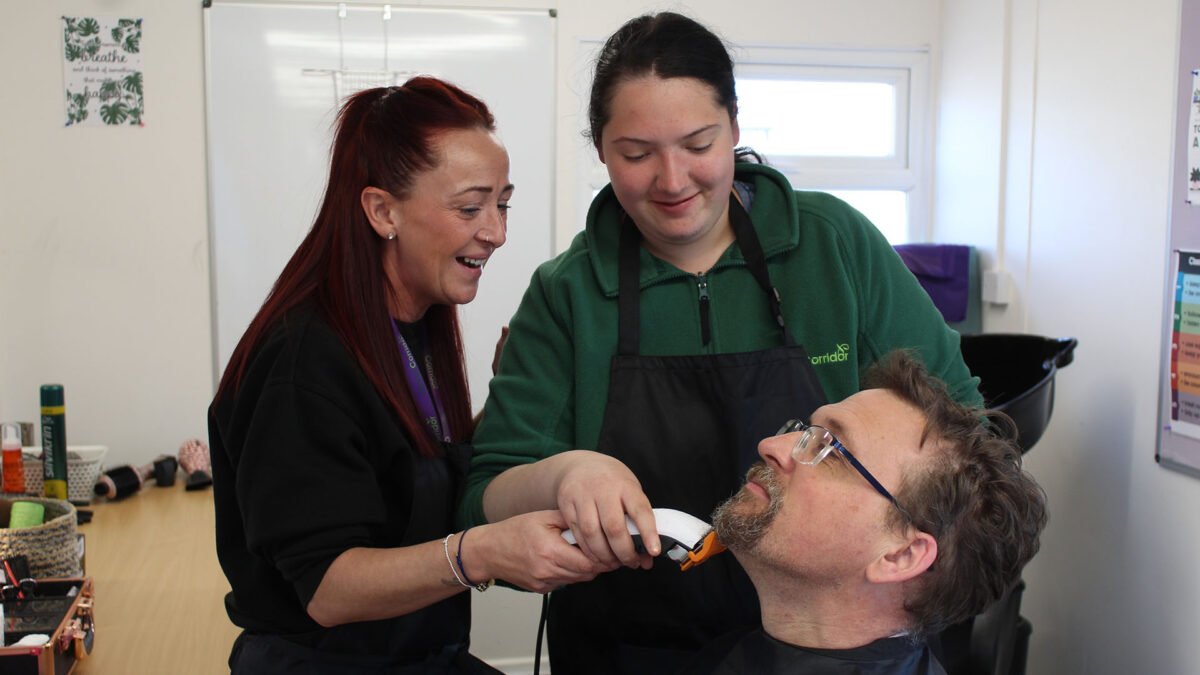How can the DfE’s new Sustainability and Climate Change Strategy be developed further?

In the first article of this three-part series, I explored the strengths of the new Sustainability and Climate Change Strategy, published by the Department for Education (DfE) in April 2022. Here, I’ll look at some omissions from the strategy, and how it might be developed further.
Curriculum reform
One key omission from the DfE’s strategy is the curriculum. Significant curriculum reform is needed, with a priority placed on high-impact subject areas that help catalyse change across the board. This isn’t simply the domain of STEM – arts and humanities subjects all have a role to play. Yet, there is no commitment through the activities outlined in the strategy to ensure all learners, regardless of subject, get a high-quality sustainability education.
The absence of this in the strategy is a missed opportunity to mainstream sustainability education. Instead, the DfE is promoting qualifications that have limited uptake, such as A Level Environment Science, which according to a report from the Education and Training Foundation (ETF) had only 2,099 enrolments in 2021. The DfE has also created new qualifications that may, too, have a selective audience, such as a Natural History GCSE. Individual qualifications with limited uptake cannot be the mechanism we use to equip learners with the knowledge, skills, behaviours and agency they need to contribute positively to sustainability – that can only stem from a universal curriculum entitlement.
This could be achieved by a comprehensive review similar to that undertaken by the Institute for Apprenticeships and Technical Education (IfATE) on occupational standards, so that all qualifications contain relevant, up-to-date and solutions-focused sustainability content. Learning is what education for sustainable development (ESD) is all about: what’s taught, how it’s taught, and how we’re equipping learners to critique challenges and contribute to solutions – that’s where the real impact will be had.
Measuring impact
There is also a notable lack of targets and impact measurements, although the strategy includes a commitment to developing a framework for “evaluating the impacts of the actions set out within the strategy”. These kinds of commitments are welcome, but without details they are challenging to implement. The strategy needs to clarify the baselines we’re starting from, mandating reporting on sustainability education, so we know what’s working, and how to replicate this at pace and scale. Mandatory reporting would also be a valuable catalyst for providers not already engaging with sustainability, to do so.
Broadening the approach
Of course, equipping young people for their futures is vital in addressing the social justice and inclusion elements of sustainability, but the strategy has a schools-heavy approach and does not address sustainability beyond education, despite its affirmation that “sustainability and climate change touches every career”. We need to place focus on upskilling and reskilling those currently in work (or those seeking work). According to new research by Deloitte/ IEMA, 65% of British people say they don’t have any access to green skills training, which suggests the workforce needs support to shift to a more sustainable and just economy.
Within the Further Education (FE) and Training sector, there is some Continuing Professional Development (CPD) being delivered through a train-the-trainer model in the form of carbon literacy training. Yet currently, 74% of teaching staff and 63% of non-teaching staff feel they haven’t received adequate training to embed sustainability into their professional practice. The Carbon Literacy Project referenced in the strategy is valuable for raising awareness of the core concepts of the climate emergency, and we’re now developing complementary CPD programmes that help educators bring this into their teaching and learning practice. We need role-specific training that helps our workforce embed ESD into their work.
The strategy: a foundation for change
This strategy provides a solid foundation for the FE and Training sector to work upon. With its recognition of the essential role the sector plays, the strategy will enable us to use education as a means to meet society’s sustainability and social justice needs. Whilst there are notable omissions to curriculum reform and targets, I remain optimistic that this is a DfE strategy to celebrate.
In my final article of this series, I’ll explore in greater detail the implications of the strategy for FE providers.

This is article 2 of a 3-part series, keep an eye out for our future articles!
Read article 1 here.











Responses